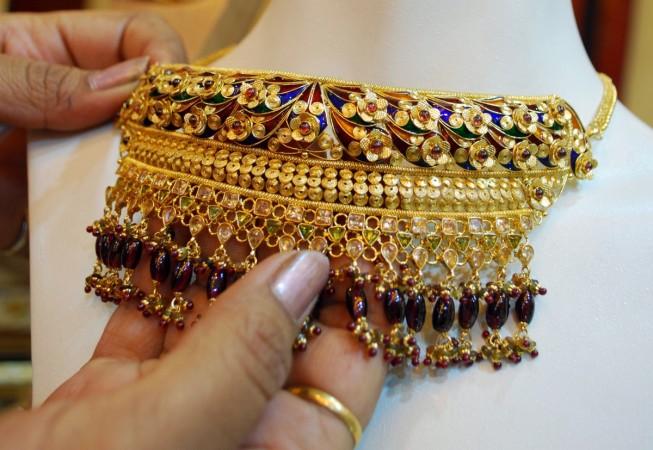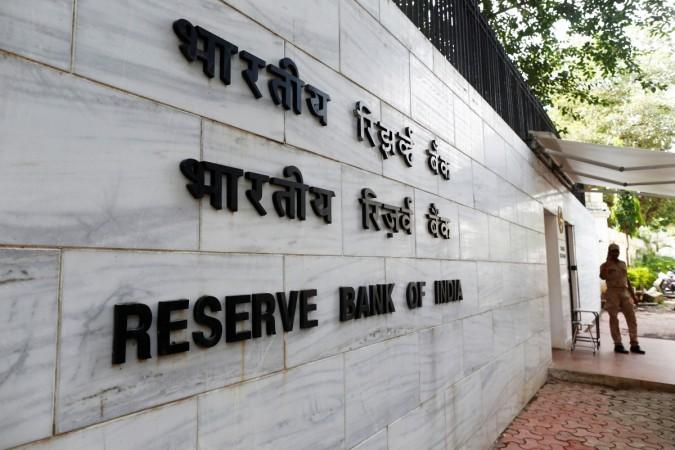
Dhanteras or Dhantrayodashi marks the beginning of Diwali celebrations. This is an auspicious day as per the Hindu calendar and devotees pay their respects to Lord Kubera and Goddess Lakshmi. Gold is considered one of the purest metals according to Hindu mythology as it symbolizes luck and prosperity.
Like every year, just at the beginning of the festive season, Hindu families go on gold buying spree especially on the day of Dhanteras. This huge demand pushes gold prices upside and as on October 31, gold prices had reached near a six-year high on to touch Rs 32,620 per 10 grams.
At the closing of the market on November 2, it remained at Rs 31,622. Analyst suggests that the prices of gold is to remain around Rs 32,000 in near future. However, Indians buy gold irrespective of the prices. But before you make up your mind, be ensured that the gold should not exceed 10 per cent of your portfolio. Here's how you can invest in gold as we bring you the pros and cons of each instrument.
Jewellery
Jewellery is the most sought-after way of buying gold and its biggest advantage is the instant gratification which can be used regularly or occasionally. Furthermore, it is the most liquid asset just after cash. However, the purity of the jewellery could be a cause of concern for the buyers; additionally one need to pay for the making charges which could go as high as 25-30 per cent of the original cost of gold.

Gold coins and bars
These two options are perhaps the best alternative to jewellery. Coins generally come in a smaller size, weigh few grams whereas mostly come in multiples of 100 grams which are available with jewellers and banks (not all banks sell gold coins).
The purity of bars and coins are insured with the hallmark however some small jewelers do not offer hallmarked gold coins. Moreover, there is no making charges and can be remolded as according to the buyer. But the biggest issue with gold coins is that it can't be sold back to the bank.

Gold ETFs and Funds
Gold ETF is the oldest form of buying a gold in a non-physical form where there is an option to invest in gold exchange-traded funds (ETFs) or gold mutual funds that invest in gold ETFs.
The prices of these bonds/funds are in proportionate to the prices of gold. It is the best way to eliminate the risk of theft and additionally it gives an option to invest through SIPs. The con of ETFs and gold fund is the fund management fee as these are managed by asset management companies.

Sovereign Gold Bonds
This scheme is sponsored by the government of Indian and the bonds are issued by the Reserve Bank of India between October and February. The scheme provides a 2.5 per cent per annum interest on the amount invested in bonds which is stable in nature irrespective of the prices of gold in the market. However, the scheme comes in with a lock-in period of five years.

Be a smart investor this Dhanteras.

















